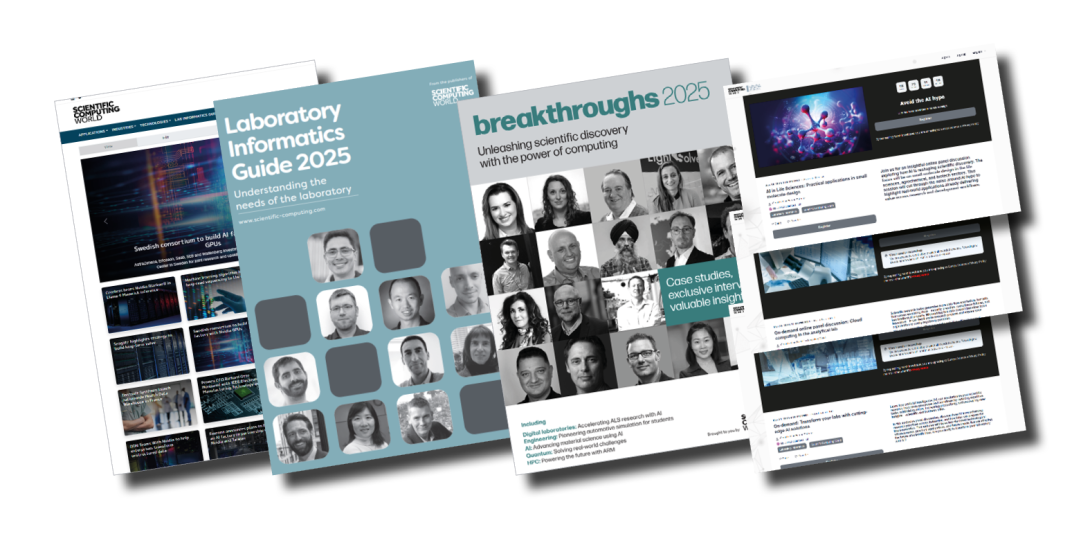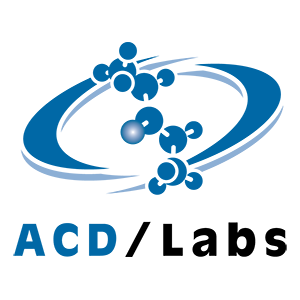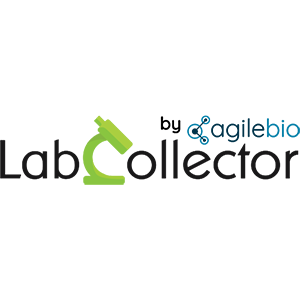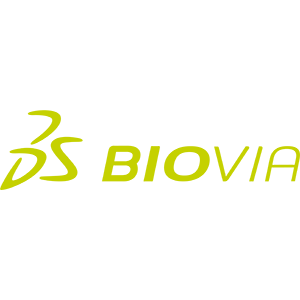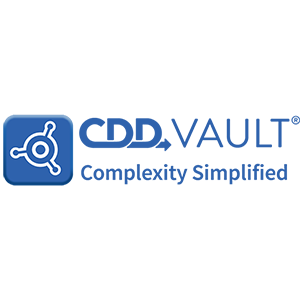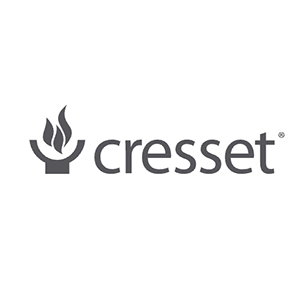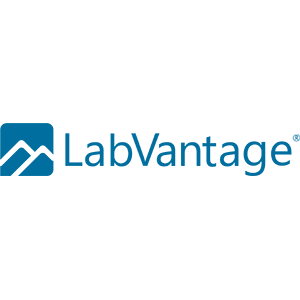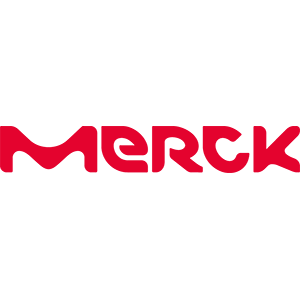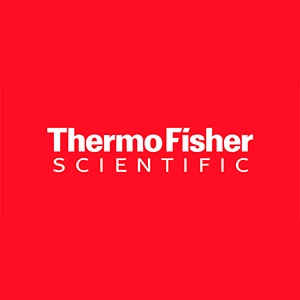Inside UCGD: how custom bioinformatics tools advance genomic research
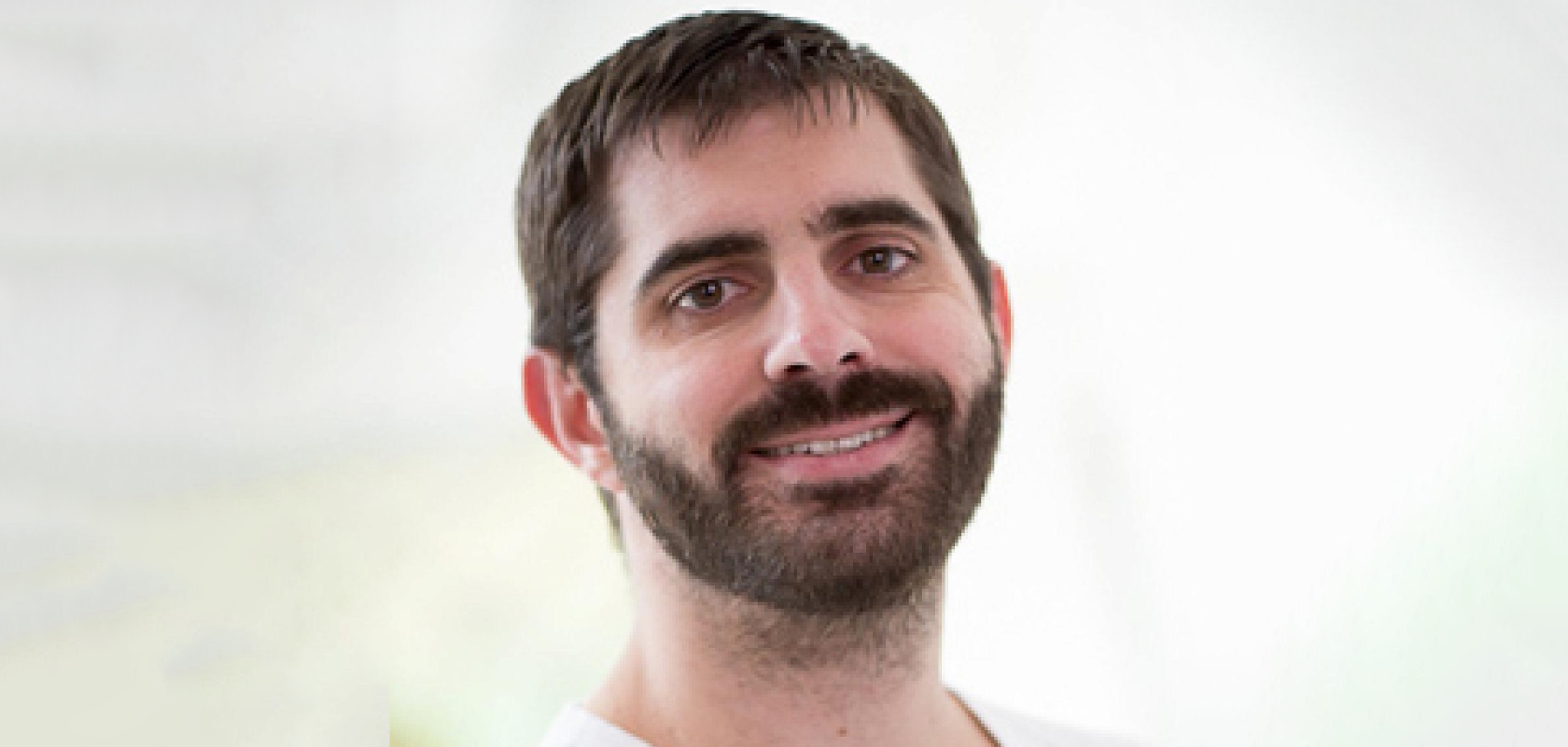
Carson Holt, Director of UCGD Core part of the UCGD facility at the University of Utah
UCGD’s Carlson Holt discusses the role of UCGD Core in supporting researchers and providing services to support genetic discovery

Register for FREE to keep reading
Join 12,000+ scientists, engineers, and IT professionals driving innovation through informatics, HPC, and simulation with:
- Insights into HPC, AI, lab informatics & data
- Curated content for life sciences, engineering & academia
- Access to Breakthroughs: real-world computing success
- Free reports & panels, including the Lab Informatics Guide
- White Papers & software updates for smarter research
Sign up now
Already a member? Log in here
Your data is protected under our privacy policy.
